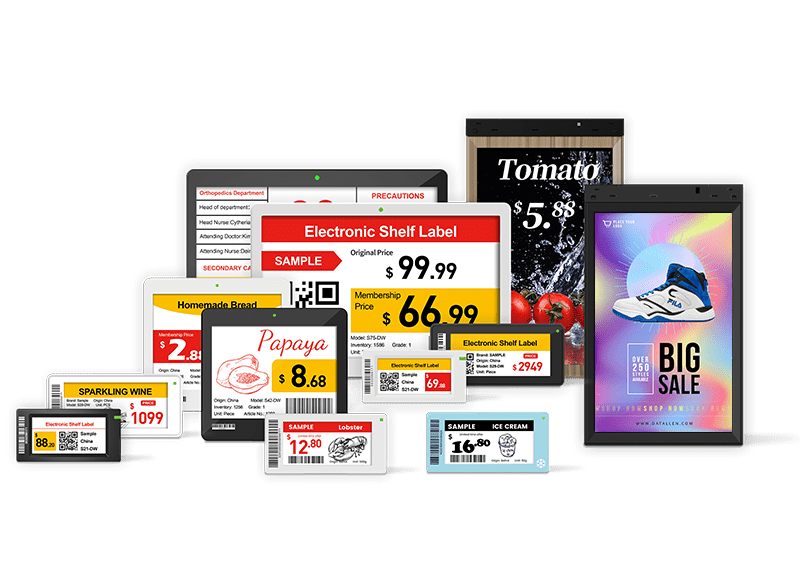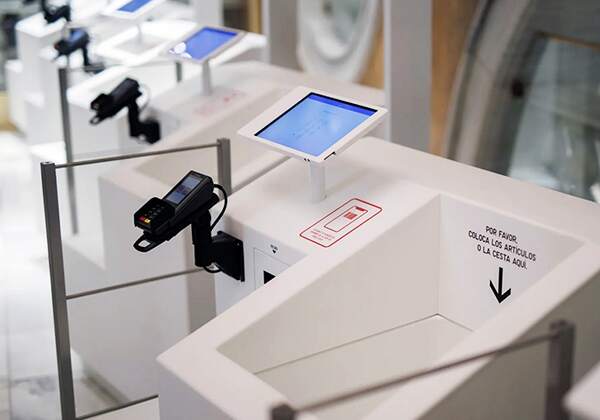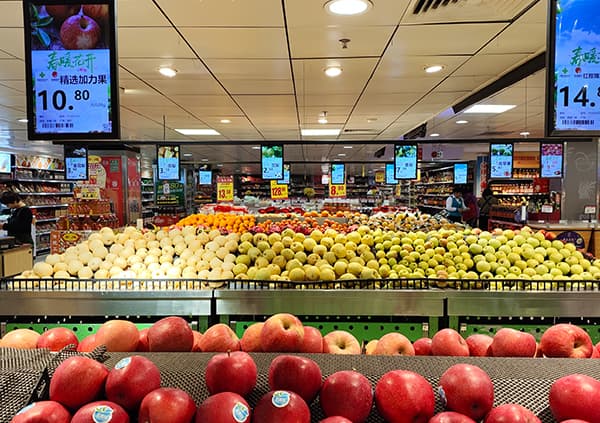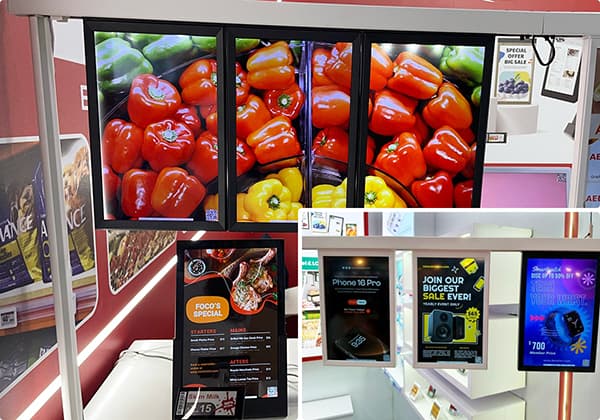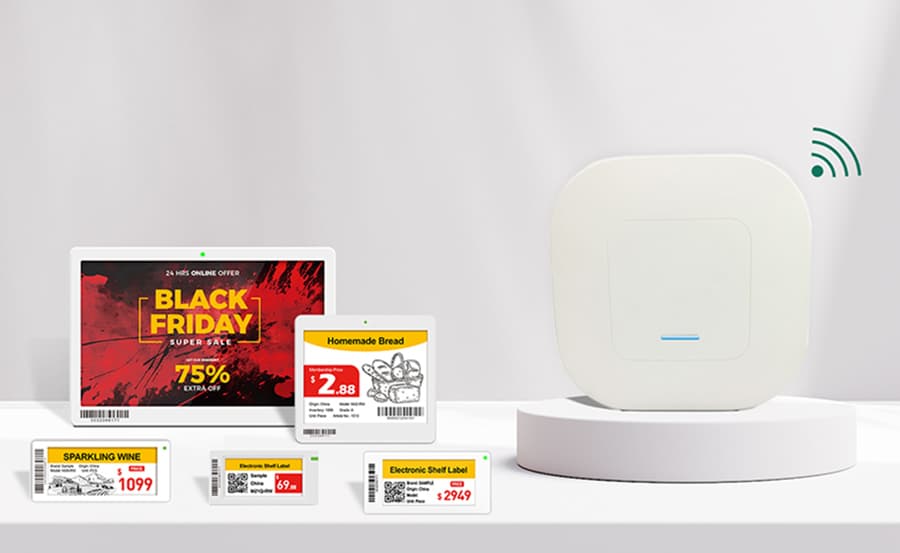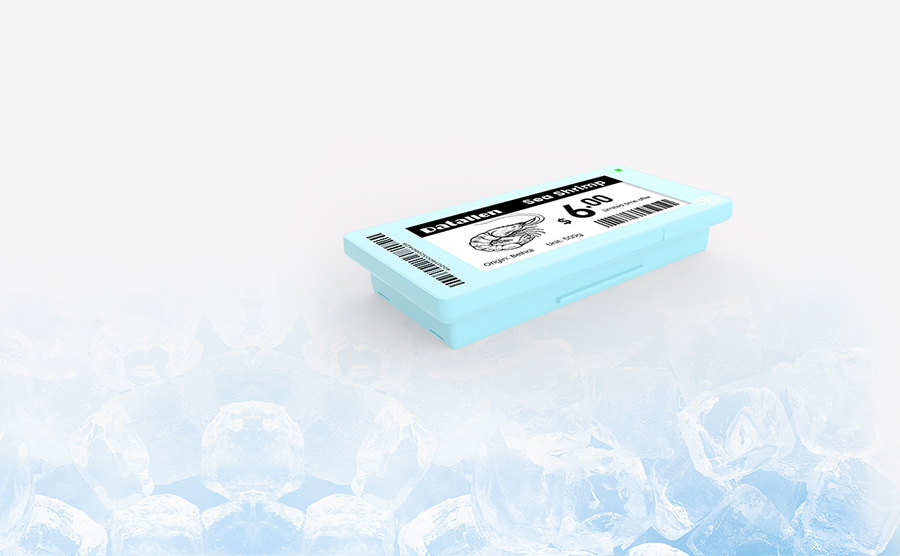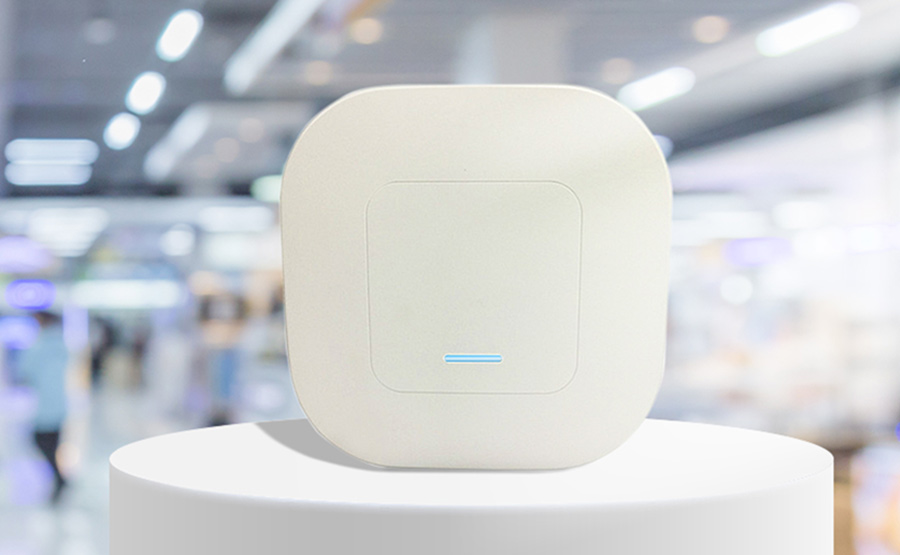Introduction to Retail Advertising
The retail industry has undergone a profound transformation over the past two decades. From the dominance of traditional media like newspapers and flyers to the rapid adoption of digital platforms, the way retailers advertise has shifted dramatically. Today’s consumer is bombarded with messages across multiple channels, making it harder for any single advertisement to stand out.
The right strategy not only boosts short-term sales but also fosters long-term customer loyalty and brand equity.
Ads Retail Meaning
What is Retail Advertising?
Retail advertising refers to the strategies retailers use to promote products and services directly to consumers. Unlike brand advertising, which emphasizes long-term brand awareness and identity, retail advertising is action-oriented—it aims to drive immediate sales and foot traffic.
For example, a global brand might run a brand campaign to highlight its values, but a local supermarket’s retail ads focus on this week’s discounts on fresh produce. Retail advertising sits at the heart of the customer journey, often influencing purchase decisions at the final stages.
Define Retail Environment: Where Advertising Lives
The retail environment encompasses both physical and digital spaces where consumers engage with retailers. Traditionally, this meant brick-and-mortar stores with posters, displays, and radio announcements. Today, it also includes mobile apps, e-commerce websites, and social media platforms.
Modern retail is omnichannel. A customer may see an Instagram ad, browse products online, and complete the purchase in-store. For this reason, effective retail advertising must create a seamless experience across touchpoints, ensuring that messaging feels consistent whether consumers are shopping on their phones or in physical aisles.
Why is retail marketing important?
Retail marketing matters because it directly impacts sales, loyalty, and competitiveness.
Driving sales and loyalty: Effective ads not only boost transaction value but also encourage repeat visits.
Competitive advantage: In saturated markets, the right advertising strategy differentiates retailers from rivals.
Financial impact: Studies show that retailers who invest in consistent advertising campaigns enjoy higher revenue growth and improved margins compared to those who don’t.
What are the 4 P's of retail marketing?
The 4 P’s remain the backbone of retail advertising:
Product: Retailers must curate the right assortment, highlight bestsellers, and promote seasonal items effectively.
Price: Competitive pricing and psychological strategies (like “$9.99 instead of $10”) remain powerful.
Place: Advertising must reflect channel convenience, whether that’s in-store signage or location-based mobile ads.
Promotion: Integrated campaigns—from loyalty app notifications to window displays—drive awareness and engagement.
Retail advertising lives at the intersection of all four, bringing them together into cohesive customer-facing messages.
Effective Retail Advertising Examples
Retailers use a blend of traditional and modern techniques:
Traditional: Posters, flyers, local radio spots, and newspaper ads are still widely used, particularly in community-based retail.
Modern: Loyalty apps, mobile push notifications, influencer partnerships, and experiential marketing (like in-store events or pop-up shops) create excitement and engagement.
To truly grasp how retail advertising works—it’s invaluable to look at real-world campaigns that have left an impression. Below are a few vivid examples:
Auchan’s Visibubble Campaign:
In a creative in-store activation, Auchan used Tokinomo’s “Visibubble” moving display unit to promote its house-brand coffee. The motion-driven display in one store resulted in a 60% sales increase over 30 days—a compelling proof of concept for kinetic, interactive retail ads.
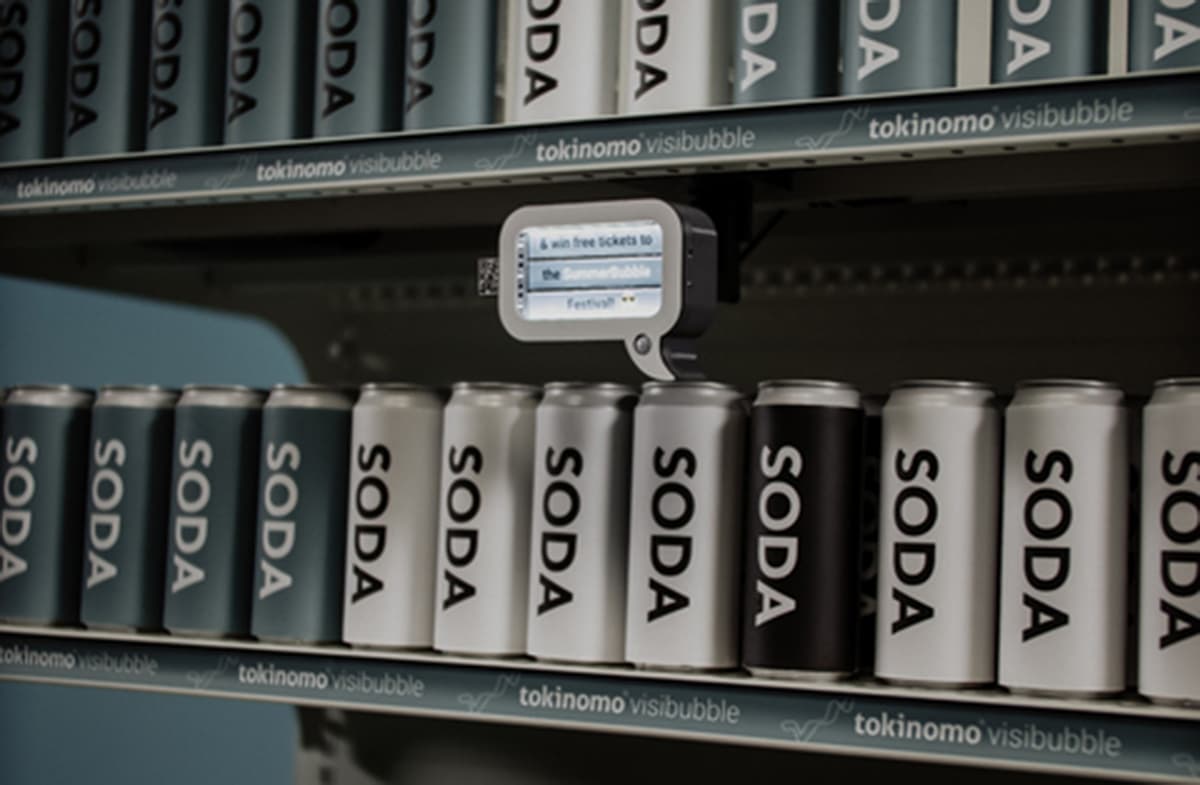
Nike’s ‘House of Innovation’:
Flagship stores offering immersive, tech-enhanced shopping journeys—integrating personalization and seamless customer flows.
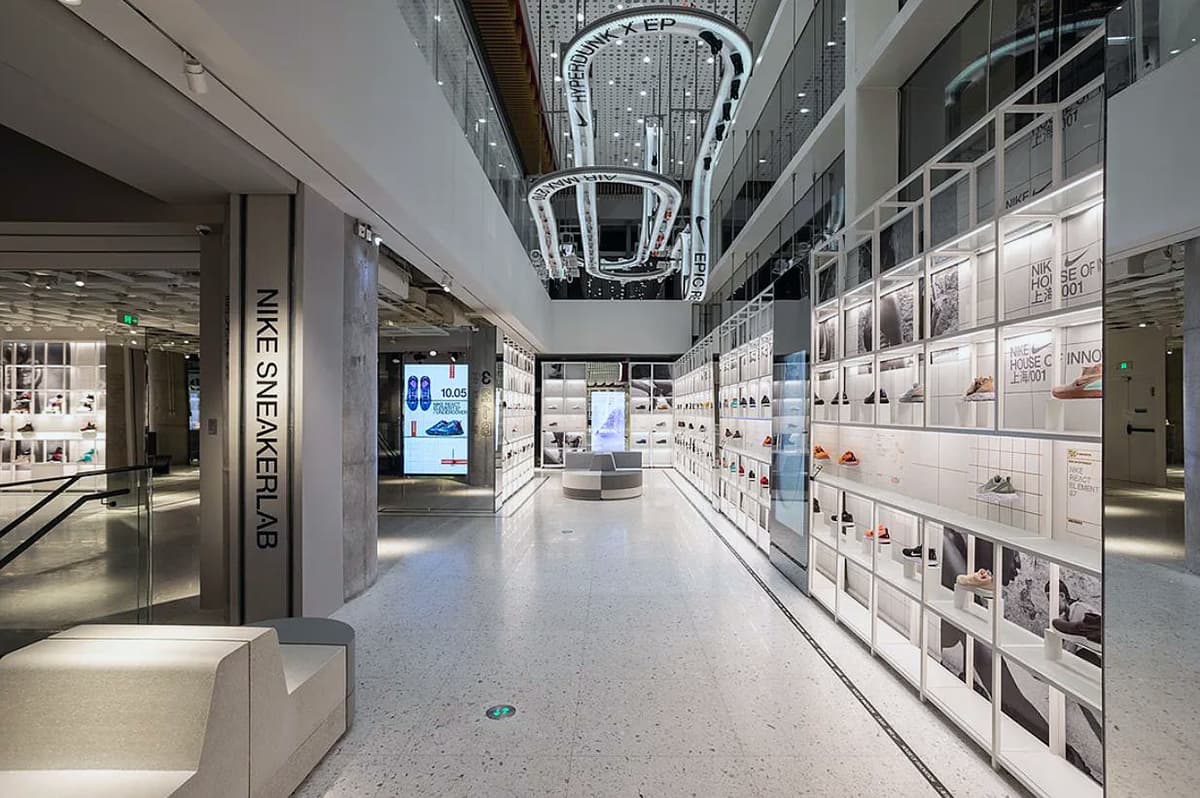
Trolley Advertising in UK Supermarkets
Retail Media Group’s trolley panel campaigns in stores like Tesco and Sainsbury’s reach 170 million weekly shoppers. Studies show 71% of shoppers who recall trolley ads take action, making these mobile touchpoints highly effective for conversion.
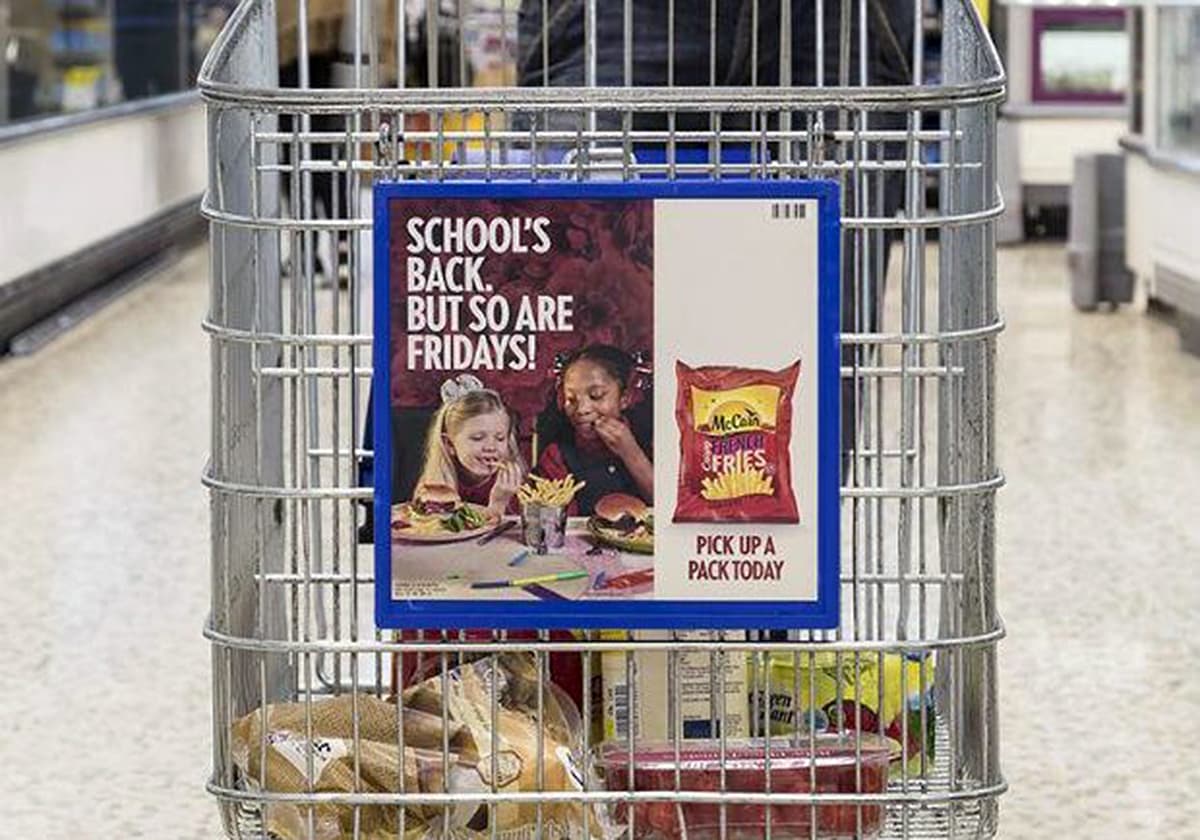
Common Retail Advertising Methods
Retailers today balance traditional methods with digital innovations, creating a hybrid strategy that maximizes exposure and ROI.
Traditional Methods Still Effective
Local Newspaper Ads– Grocery chains like Publix continue using local press inserts for weekly specials. According to Nielsen, print coupons are redeemed 2–3x more than digital-only promotions in older demographics.
Posters & Flyers– Walmart uses seasonal flyers distributed through newspapers and community mailboxes, still a strong driver for weekly traffic.
Digital & Emerging Advertising Channels
Programmatic In-Store Screens– Kroger Precision Marketing (KPM)sells targeted ad space on in-store screens, reaching 45 million households.
Mobile Push Notifications– Retailers like Target send geo-fenced app alerts offering real-time deals as shoppers approach stores.
Influencer Partnerships– Sephora leverages beauty influencers to link online buzz with in-store traffic.
Measuring Effectiveness
Retailers combine POS data, loyalty apps, and in-store sensors to measure attribution. For example, Tescolinks Clubcard scan data with campaign results to calculate ROI at the SKU level.
What are good ads in retail?
Good retail ads blend creativity with commercial intent. Effective ads are not just “eye-catching”—they convert.
Key Elements of High-Performing Retail Ads
1. Relevance– Messages must resonate with audience needs (e.g., Whole Foods highlights organic sourcing).
2. Simplicity– Fewer words = faster comprehension, critical in fast-moving aisles.
3. Placement & Timing– Ads work best when positioned close to decision-making zones.
Case in Point:
IKEA’s Price-Tag Simplicity– The retailer uses oversized shelf labels and clear typography, creating transparency that drives trust.
Amazon Fresh Stores– Digital shelf ads rotate based on time of day (morning coffee vs evening dinner kits). This contextual targeting is a future standard.
Creative In-Store Marketing Ideas
Today’s retail advertising is experiential, often engaging the five senses.
Sensory Experiences
Sound– Starbucks curates playlists that align with dayparts, reinforcing mood and driving longer dwell times.
Scent– Abercrombie & Fitch famously used signature scents to differentiate stores. Studies show scent marketing can boost sales by up to 11%.
Interactive Technologies
Tokinomo Shelf Robots– Small robotic arms lift or move products, achieving sales lifts of 200–500%during campaigns.
AR Mirrors– Nike uses augmented reality fitting mirrors to allow virtual shoe try-ons.
Creating Memorable Moments
Lego Stores use “play tables” where kids can build on-site—transforming retail into entertainment.
Samsung 837in NYC is not a store but an “experience center” where tech demos act as the main marketing content.
Essential In-Store Marketing Materials
The choice of marketing material can make or break in-store campaigns.
Traditional POS Materials
Shelf Talkers & Floor Decals– Coca-Cola uses floor decals near fridges to guide traffic flow.
Cardboard Displays– Seasonal stands by Hershey’s impulse candy sales.
Digital Assets
QR Codes– Used by Home Depot for DIY tutorials linked to in-store products.
Digital Shelf Tags (ESLs)– Retailers such as Carrefour deploy ESLs, enabling real-time price updates and promo highlights.
Digital Signage– GroceryTV and Cooler Screens create dynamic advertising in high-traffic areas like beverage aisles.
Why Mixing Traditional + Digital Works
A study by Shop! Association found combining static POS displays with digital signage increased engagement rates by 32%, proving synergy is more effective than relying on one format.
The Role of Technology in Retail Advertising
Technology is redefining retail advertising. Digital Shelf Tags, for example, allow real-time price updates and synchronized promotions across store networks. Retailers can run flash sales instantly or highlight eco-friendly products at scale.
Datallen, a leader in ESL and digital signage solutions, contributes to smarter retail environments by providing reliable, high-definition displays and robust management systems. These tools not only improve efficiency but also enhance customer experience by delivering accurate, timely information at the shelf edge.
Other emerging technologies shaping the space include AI-driven personalization, programmatic in-store advertising, and AR-based product visualization.
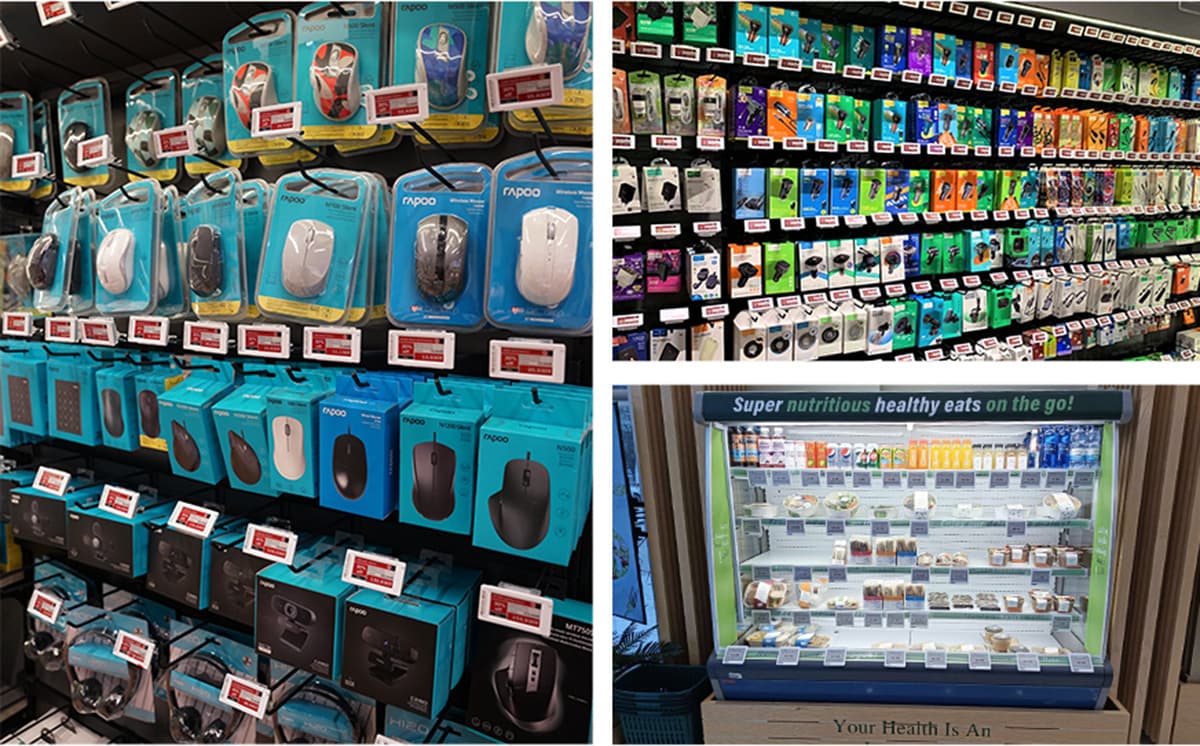
Retail Ad Customization Strategies (retail ad customization)
Consumers expect ads that feel personal. Retailers achieve this through:
Personalization: Targeting by demographics, preferences, or past purchases.
Customer data: Loyalty programs and POS systems help retailers craft tailored messages.
Technology: AI and automation make customization possible at scale, enabling dynamic pricing or targeted promotions.
When ads feel relevant, conversion rates increase significantly.
Retail Campaign Development Process
Building a retail campaign involves:
1. Strategic planning – Define goals, audience, and key messages.
2. Creative development – Design visuals, copy, and themes that resonate.
3. Channel integration – Ensure consistency across online, in-store, and mobile channels.
4. Measurement – Use KPIs like ROI, sales uplift, and engagement to optimize future efforts.
Campaign success depends on constant iteration and learning.
Working with Advertising Agencies for Retail
Retailers often partner with agencies for expertise in creative design, media buying, and cross-channel integration.
When to engage: For large-scale campaigns or when in-house resources are limited.
Selecting an agency: Look for proven retail expertise, technological capability, and cultural fit.
Managing partnerships: Clear KPIs and open communication ensure successful collaboration.
Future Trends in Retail Advertising
Looking ahead, three major trends will shape retail advertising:
Personalization and hyper-targeting: AI will enable one-to-one advertising, with offers tailored to individual shoppers in real time.
Integration of physical and digital: Stores will increasingly merge in-person experiences with digital layers, creating hybrid shopping journeys.
Sustainability and ethics: Consumers demand eco-friendly, socially responsible advertising, from recyclable POS materials to energy-efficient digital signage.
Retailers who embrace these trends will stay ahead in a rapidly evolving market.
Conclusion
Retail advertising remains one of the most powerful tools for driving sales, shaping brand perception, and fostering loyalty. The most effective strategies combine traditional methods with modern technology, ensuring ads are clear, relevant, and personalized.
As technology advances—from ESLs to immersive AR experiences—retailers must stay agile and forward-looking. By balancing creativity with measurable impact and by preparing for future trends, retailers can transform their advertising into a true engine of growth.
For more insights, check out:
1. Pricing Intelligence for Retailers: Strategies, Tools, and Real-World Applications
2. The Importance of Digital Transformation in the Retail Industry
3. POP Marketing Mastery: How POP in Retail Drives Sales
4. Retail’s Paperless Shift- Key Technologies Driving Green Retailing
5. Smart Shelf Technology-The Future of Inventory, Efficiency, and Green Retailing

